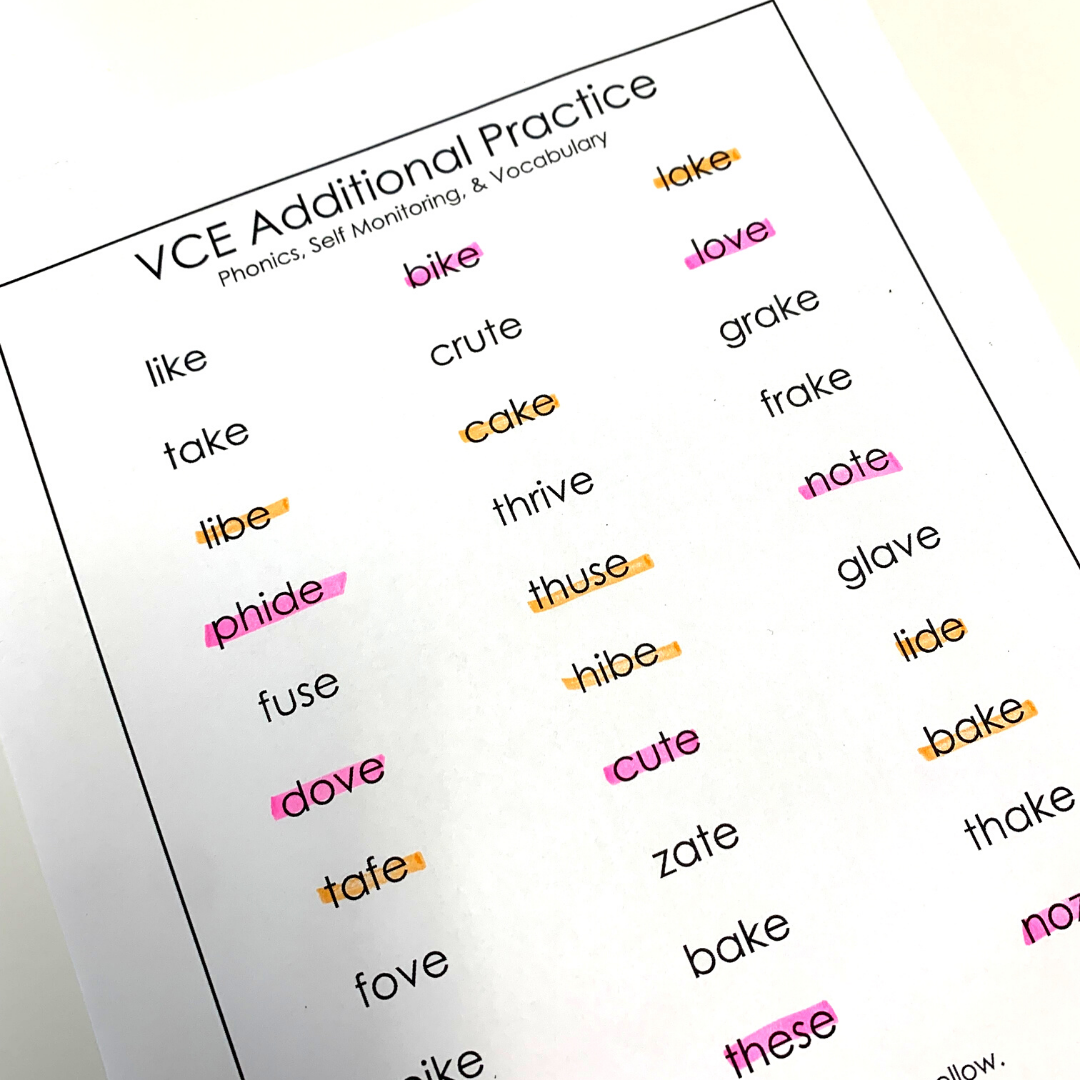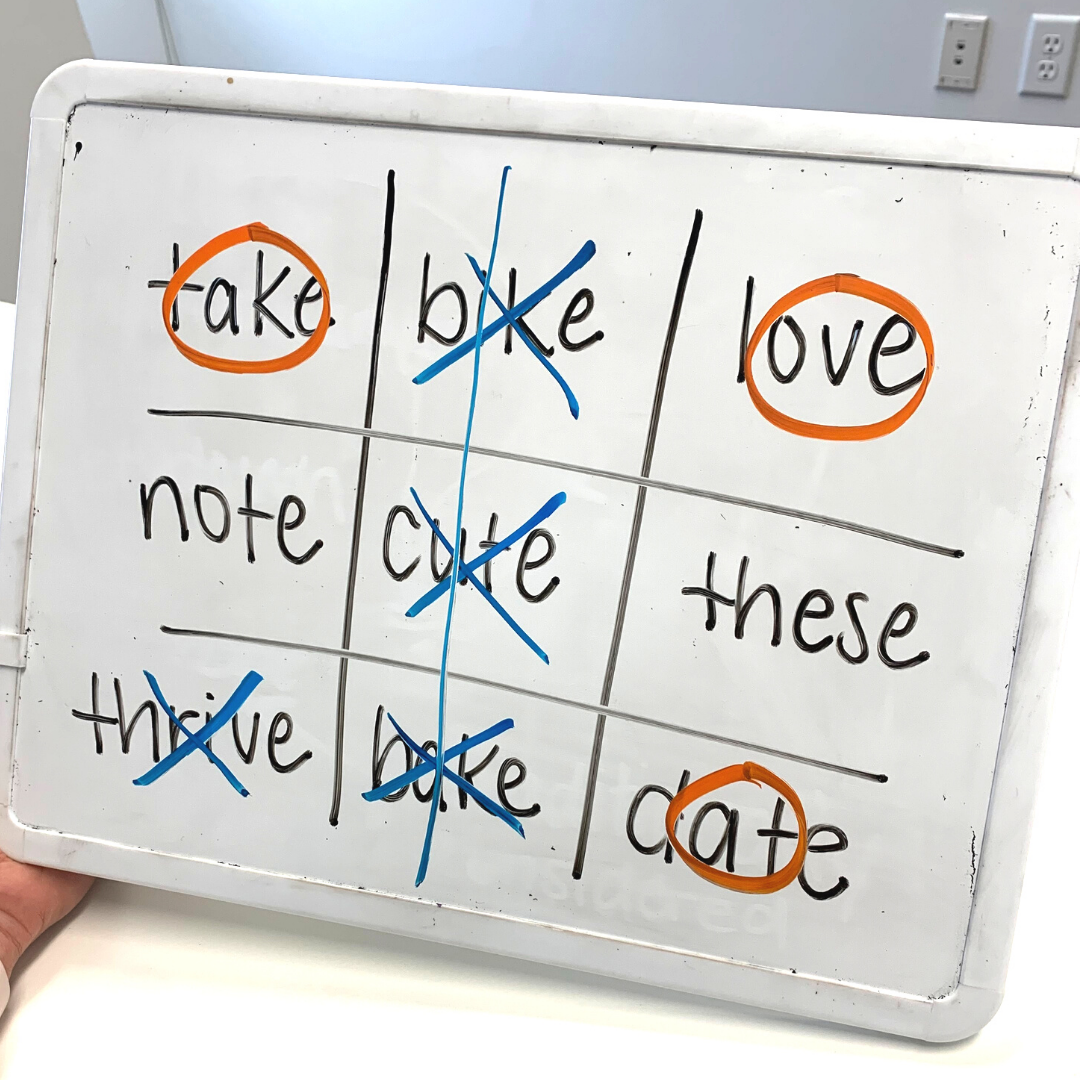No-Prep Games That Keep Students Engaged
Have you ever walked into a lesson and realized… you forgot the game you planned to bring? Or maybe you just didn’t have time to prep one in the first place?
Here’s the good news: you don’t need fancy materials or hours of prep to gamify your lessons. Some of the most effective literacy games are also the simplest — and you can start using them tomorrow.
Why No-Prep Games Work
Low lift for educators. You can grab what you already have (a word list, a whiteboard, a dice) and go.
High engagement for students. A small twist in how you present a task can turn “ugh” into “yay!”
Flexible across skills. The same no-prep game can be adapted for phonics, vocabulary, fluency, or writing practice.
3 of Our Favorite No-Prep Games
1. The Dice Game
What you need: a word list + one die.
How to play: Students roll and move across or down the list. They must read the word they land on. If correct, they mark it.
Adaptations:
Add a twist by having them define the word, use it in a sentence, or add a prefix/suffix.
For fluency, set a timer and see how many they can read in one minute.
2. Tic-Tac-Toe
What you need: draw a simple grid on a whiteboard or scrap paper.
How to play: Fill each square with letters, sight words, or spelling words. Students must read (or spell) the word before claiming the square.
Adaptations:
Beginner → use letter formation (Xs and Os become letters).
Intermediate → sight words.
Advanced → spelling words or sentence creation.
3. Vocabulary Guessing Game
What you need: a word list.
How to play: Pick a word and give clues using Category, Function, Synonym, Antonym (CFSA). The other player(s) guess the word. Then switch roles.
Adaptations:
Younger students → picture cards instead of definitions.
Older students → challenge them to give 2–3 clues before you guess.
Groups → turn it into a team competition.
Teacher Tip
Here’s the key: keep the rules simple and the rounds short.
30 seconds to explain.
5–10 minutes to play.
Quick tally or reflection at the end.
The goal isn’t to make it complicated. It’s to get as many reps as possible while keeping students engaged.
Takeaway
You don’t need elaborate materials to gamify your lessons. With a word list, a dice, or a whiteboard, you can:
Make review instantly engaging.
Adapt practice for multiple skill levels.
Bring energy and fun back into intervention.
Try one of these this week, and watch how your students light up.
Want More?
In our upcoming Spotlight PD, The Literacy Game Plan: Using Games to Teach, Engage, and Differentiate, we’ll give you our favorite game templates, plus a framework for adapting one game across multiple skills and grade levels.
You’ll walk away with:
A bank of no-prep and low-prep games you can use right away.
A step-by-step process for incorporating games into your instruction
A roadmap for creating the most engaging lessons ever!
👉 In the meantime, grab some of our favorite ready-to-use games here!


